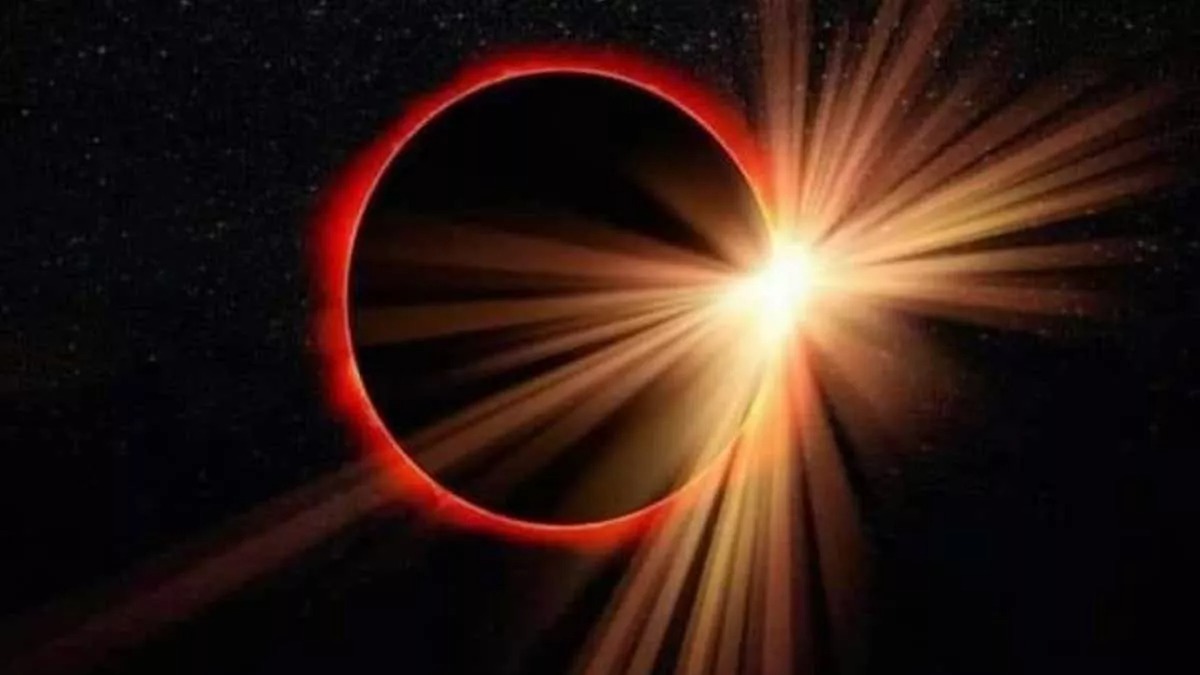
The day after the solar eclipse in the American continent, I felt both saddened and angered that my enthusiasm for the event was mocked, even rudely, by known and unknown individuals, mainly on social media.
They saw it differently than I did, which gave them the opportunity for confrontation – a word I’ve come to despise as few in the modern dictionary.
Early on Monday, I “travelled” from Greece to the American Time Zone, with infrared glasses and my soul in childlike mode, entirely surrendered to the total eclipse of the sun, from Mexico to the Niagara Falls in Canada.
The maximum duration of the eclipse, from the first touch of the moon until the moment of full totality – as the experts on-site covering the phenomenon said – was, they say, 4 minutes and 28 seconds.
At that time, I was glued to the television, flipping between BBC World and CNN International, watching in disbelief. Like a child.
In a report from areas where many people had gathered, the American network played the song “Total Eclipse of the Heart” by Scottish singer Bonnie Tyler in the background.
The world sang “along” with her, the “Total Eclipse of the Heart.” The song lasted exactly 4 minutes and 28 seconds. That was also the duration of the Total Solar Eclipse.
Nice, innocent coincidences that certainly don’t warrant any eerie or serious theories… They, however, brighten your days.
If you keep seeing them continuously through our own non-infrared – and often distorted – lenses, you’ll lose your peace and logic!
The residents of Montreal in Canada were the last to see the total solar eclipse darken the sky. At that moment, above the Niagara Falls, hundreds of seagulls began to fly wildly. It was a sight I will never forget in my life.
The rare phenomenon of the eclipse swept across almost all of Mexico and many States of the Americas.
Over 44 million people across the American continent watched it with their own eyes in open spaces.
At the point of totality, the Moon perfectly blocked-covered the Sun. The phenomenon lasted a little over 4 minutes, as mentioned.
The BBC’s correspondent in Ohio, Helena Humphrey, said it was the day when Science met Nature.
With hundreds of thousands of witnesses on-site, millions from TVs or live streaming. Ohio had not seen an eclipse since 1806, in Cleveland and generally across the American continent. They will see it again in about 400 years!
NASA conducted experiments, flew planes, and launched rockets to study the atmosphere of the Sun during those moments.
Our own territory, whether in Cyprus or Greece, which often lives and closes itself in its own world, did not feel this “uniqueness”, this marriage of Nature with Science.
Our national self-absorption prefers to “close off” where it knows, where it feels more private, familiar, and protected.
In such a closed environment, Nature struggles to meet Science. Even though we have an abundance of both. We don’t lack beauties, and certainly not knowledge. What’s missing is the context, the way, the open mind. And thought.
We confuse things. We’ve forgotten and abolished “everything in its own time.” Times change, we’ve homogenised them.
Each one has its purpose, its mission. Time clearly shows us the ritual of existence. You are born, you die. You sow, you reap.
Such thoughts were swirling in my mind as I watched the Moon cover the Sun, the seagulls flying towards there as if from some strange madness.
- The photograph is from National Geographic.
